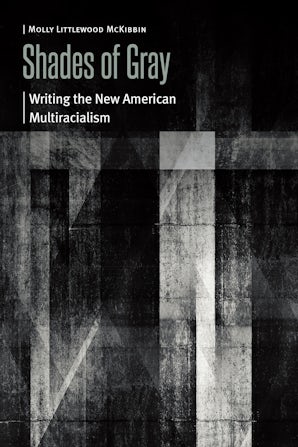Albums of Inclusion: The Photographic Poetics of Caribbean Chinese Visual KinshipPosted in Articles, Caribbean/Latin America, Literary/Artistic Criticism, Media Archive on 2018-12-30 01:09Z by Steven |
Albums of Inclusion: The Photographic Poetics of Caribbean Chinese Visual Kinship
Small Axe: A Caribbean Journal of Criticism
Volume 22, Number 2 (56)
2018-07-01
pages 35-56
DOI: 10.1215/07990537-6985666
Tao Leigh Goffe, Assistant Professor/ Faculty Fellow, Social and Cultural Analysis
New York University
This essay focuses on artwork that centers family photographs and home movies as a point of departure to trouble the conventional family album in order to narrate a story about Caribbean Chinese kinship. In the art examined, personal visual archives are used to respond to the lacuna of Caribbean Chinese familial intimacies from the colonial archive. Engaging shared themes of migration and racialized ideas of reproduction, three contemporary diasporic visual artists—Albert Chong, Richard Fung, and Tomie Arai—mine oral histories and family archives to blend aural and visual narratives. These artists rupture the surface of family images to trouble the bourgeois, heteronormative, and colorist scripts that often police the formation of family. The family album is rearranged and marked up; thus it becomes rendered as flesh inscribed with silent narratives. Through different forms of remixing, they engage with the affect and entanglements of family photography to form a visual vocabulary of diasporic kinship. In doing so, the artwork—collages, documentaries, installations—interrogates the afterlife of the nineteenth-century European colonial experiment of Chinese indenture, designed to install a discreet “buffer race” between the white minority and the black majority in the Caribbean after abolition. The experiment, which depended on the capacity for the Chinese to develop bourgeois domesticity in the Caribbean after abolition, failed because of sexual intimacies between people of African descent and people of Asian descent, beyond the imperial order’s imagining. Another future of familial intimacies in the diaspora is present in the artists’ aesthetic of fragmentation and collage.
Read or purchase the article here.
/2/m_ddsmx_22_2_56_cover.png?Expires=1546224881&Signature=A4IXMBD75hQ8HVv27RPi~9vuB6wvl3yW8b-y2bFd4aff5W4ozmQI8oaqw5zYJCvQ8nQBwPgbSt4xpg8y6leKQ1FmH80CvMK2WnwsILVDOveCDPxn9qxG8iZH9GluBp3MdSfUNmDLw~tnUB9ziQy~WEen6WX~Db1BoEfZxW1H6DGjh~27HzMXEArre2mTNQ5ne6~maeCzEmxoPc8QYvL5ylC4h0VG61SRXb6B-KGLEEgXQXSwvHJpRmZzRaGMcDJdmJPg1uAPg9v9No7yqYG9FX-SgW5fEj9wxbKl~XHO29~R5PU6JnFs~eI2UL9~EC499jx5cWCfGsNj1uQUROuAYQ__&Key-Pair-Id=APKAIE5G5CRDK6RD3PGA)




